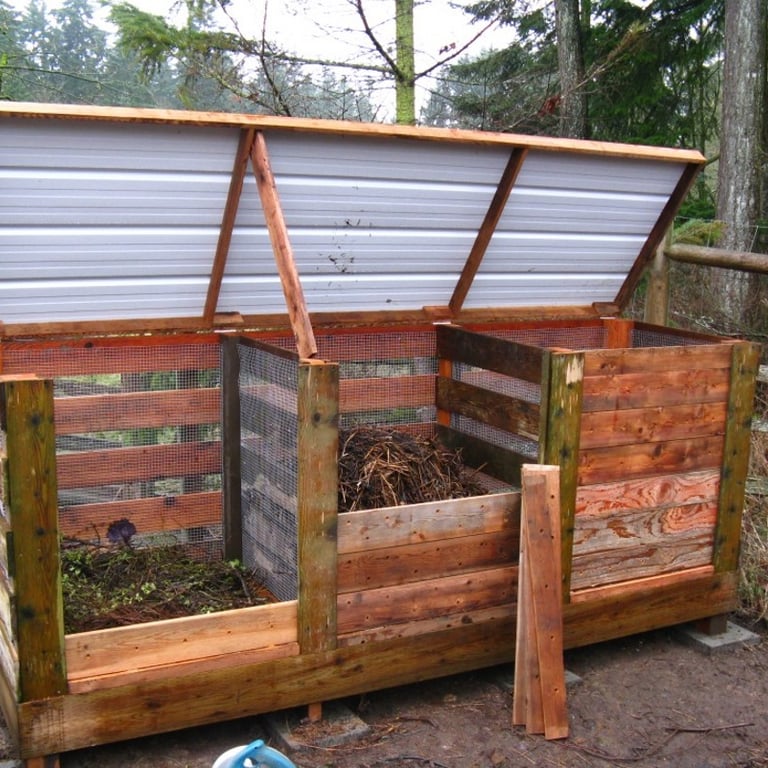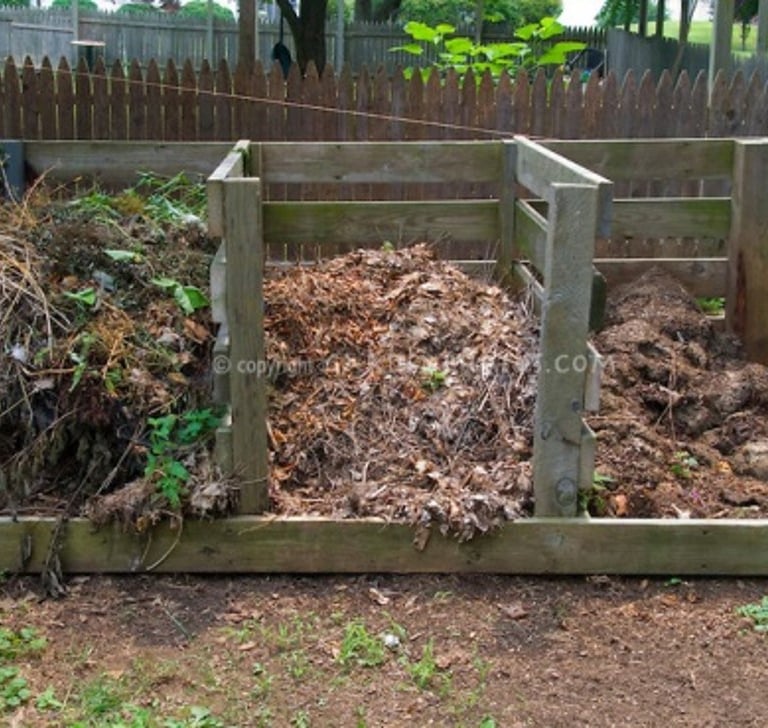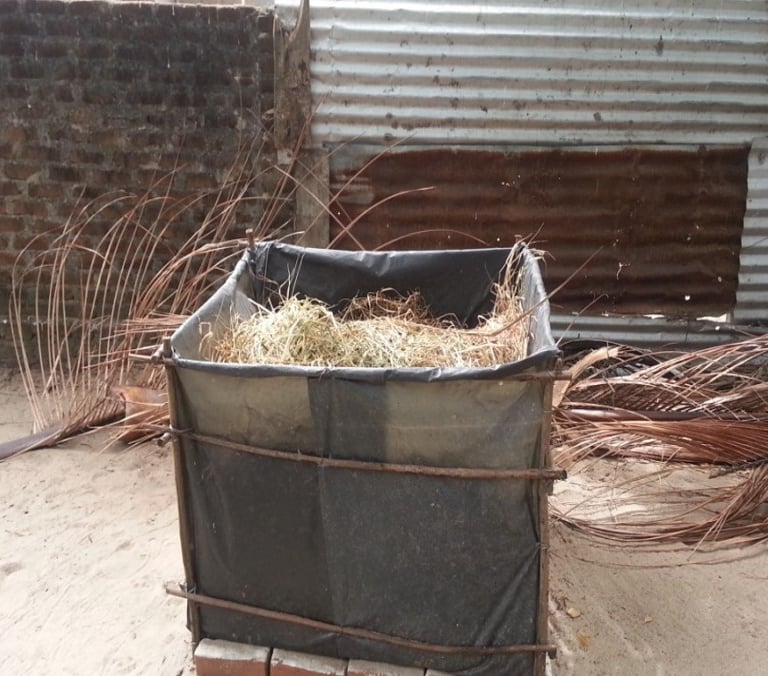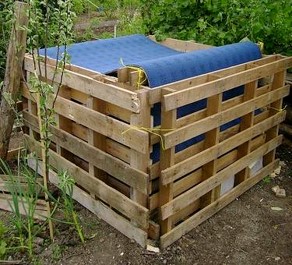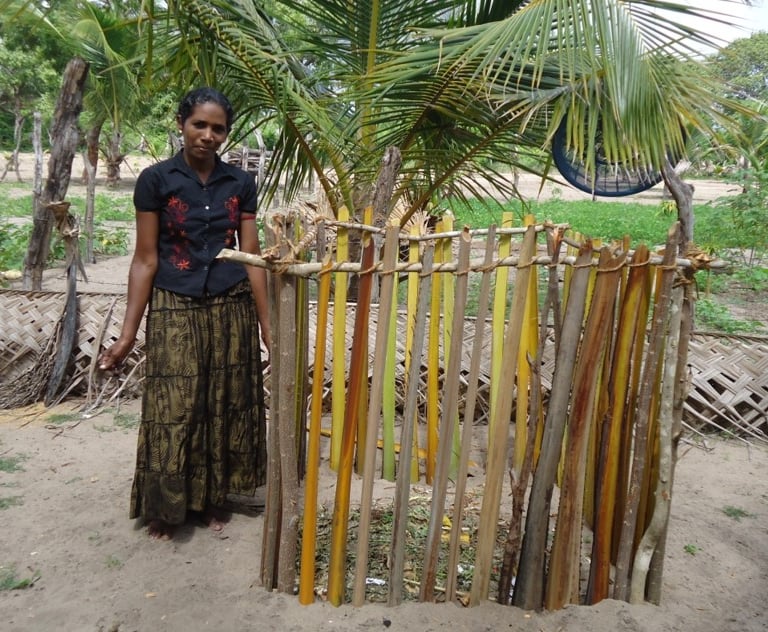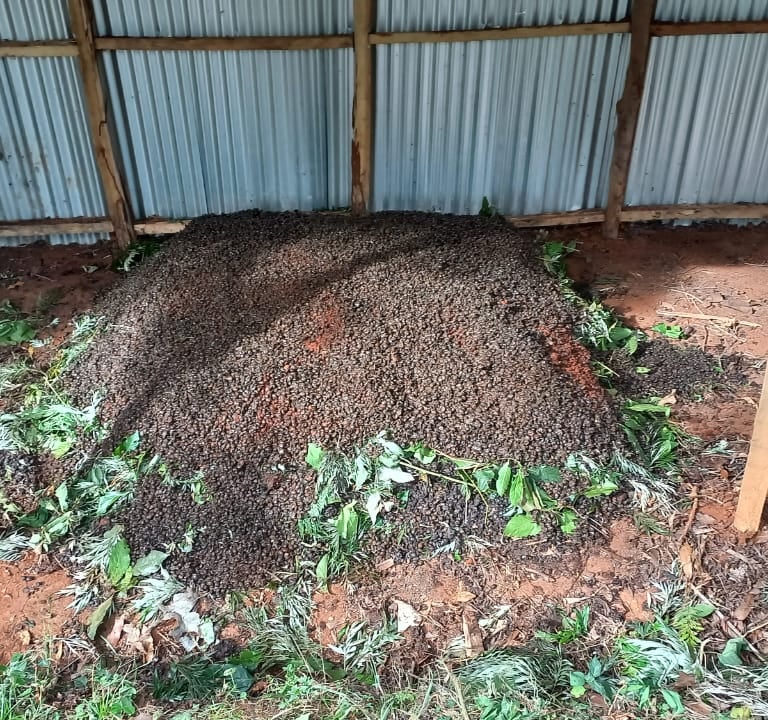Composting: A Key to Sustainable Farming
ECOFRIENDLY FARMING

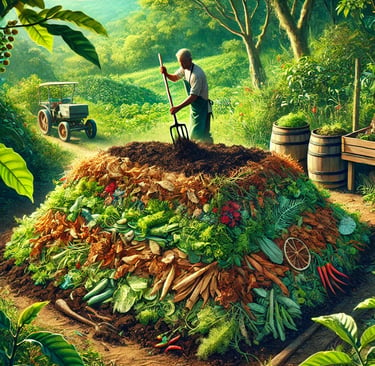
What is Composting?
Composting is the natural process of recycling organic matter—such as food scraps and yard waste—into nutrient-rich fertilizer. It is a fundamental practice in eco-friendly farming, promoting soil health and reducing landfill waste. By transforming biodegradable materials into compost, farmers can enhance their crop yields while reducing reliance on chemical fertilizers.
Compost also increases the population of beneficial micro-organisms (M.O.s) in the soil, which play a crucial role in breaking down organic matter and enriching the soil with essential nutrients.
How to Make Compost: A Step-by-Step Guide
Essential Components of Compost
A well-balanced compost pile contains the following key elements:
Carbon-rich materials – Dry plant matter such as straw, leaves, and dry stalks.
Nitrogen-rich materials – Green plant matter such as grass clippings, vegetable scraps, and fresh leaves.
Micro-organisms – Indigenous Microorganisms (IMO3) or soil, which aid in decomposition.
Water – Provides moisture necessary for microbial activity and decomposition.
Aeration tool – A pitchfork or shovel for turning the compost pile.
Layering the Compost
To create a balanced compost pile, follow these steps:
Start with a strong foundation – Begin with a layer of dry matter like banana fronds or dry leaves to improve aeration at the base.
Add a green layer – Place fresh plant material or food scraps on top. These provide essential nitrogen for decomposition.
Boost microbial activity – Sprinkle water and introduce micro-organisms (IMO3 or soil) to aid in breaking down the organic matter.
Seal with dry matter – Always sandwich a green layer between two dry layers to balance moisture and prevent odors.
Repeat the process – Continue layering until all materials are used. Keep the pile damp but not soaking wet.
Provide the right environment – Compost should be kept under shade to prevent excessive drying. If heavy rains are expected, cover the heap with tough dry matter or a breathable plastic sheet.
Turn for aeration – Every two weeks, turn the compost pile to speed up decomposition and minimize unpleasant smells.
Monitor progress – Use a stick to check the internal temperature and squeeze a handful of compost to assess moisture levels.
Know when it’s ready – Within three months, the compost will be fully decomposed when it stops generating heat.
By following these steps, you’ll produce nutrient-rich compost that enhances soil fertility and promotes sustainable farming.
The Benefits of Composting in Eco-Friendly Farming
Composting aligns perfectly with sustainable farming principles, offering numerous benefits:
Soil Enrichment – Improves soil structure, enhances drainage, and increases the soil's ability to retain nutrients and moisture.
Waste Reduction – Diverts biodegradable waste from landfills, closing the loop on food and plant waste.
Pest Management – Healthy soil produces stronger plants that are more resistant to pests and diseases.
Carbon Footprint Reduction – Composting sequesters carbon in the soil, reducing greenhouse gas emissions.
Where to Use Compost
Coffee Farming – Apply 1 or 2 debes of compost, burying it within the drip line of coffee trees.
Vegetable Gardens – Mix compost into the soil to boost nutrients and promote plant growth.
Tree Planting – Place compost around the base of trees to enhance soil health.
Field Crops – Spread evenly across the land to improve soil productivity.
Ensuring a Continuous Compost Supply
To maintain a steady supply of compost, start a new heap every few months. This ensures a consistent supply of organic fertilizer for year-round use.
By adopting composting, farmers can improve soil health, boost crop yields, and promote sustainable farming practices. Start composting today and contribute to a healthier environment!
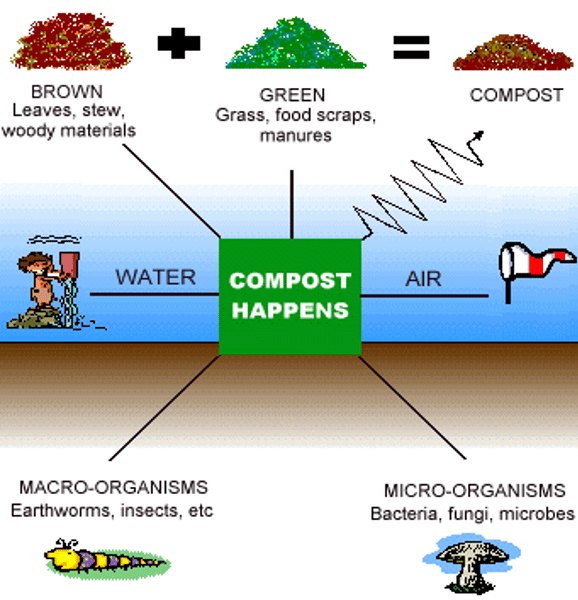

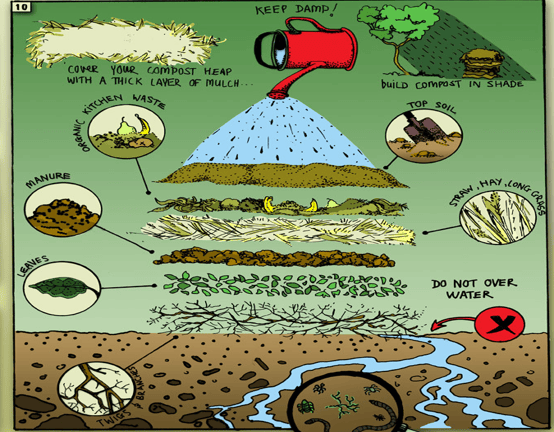

Types of compost pile and bin
